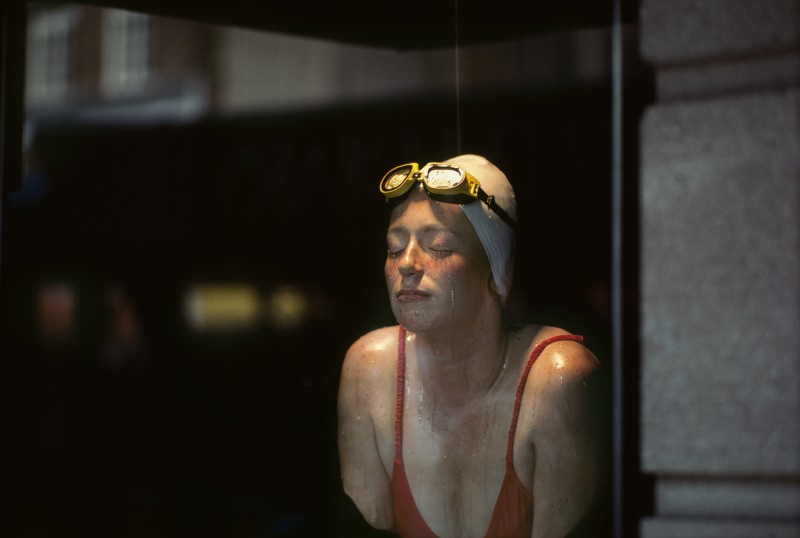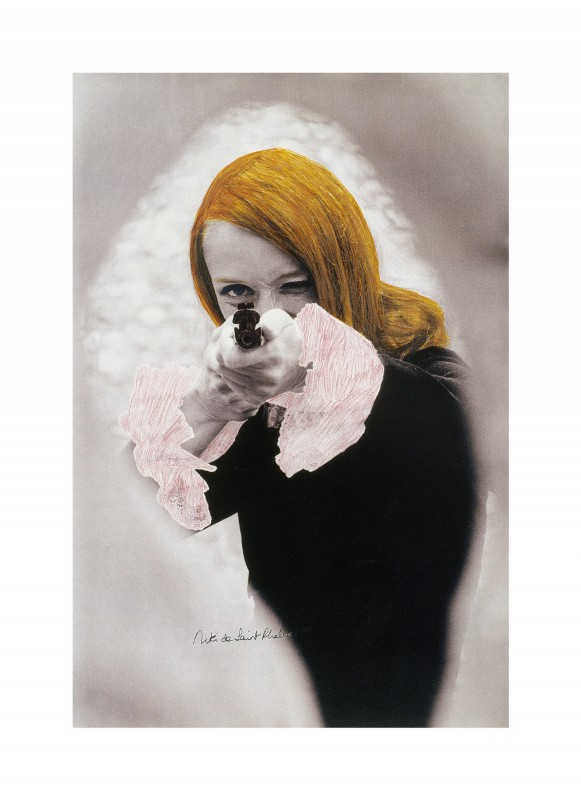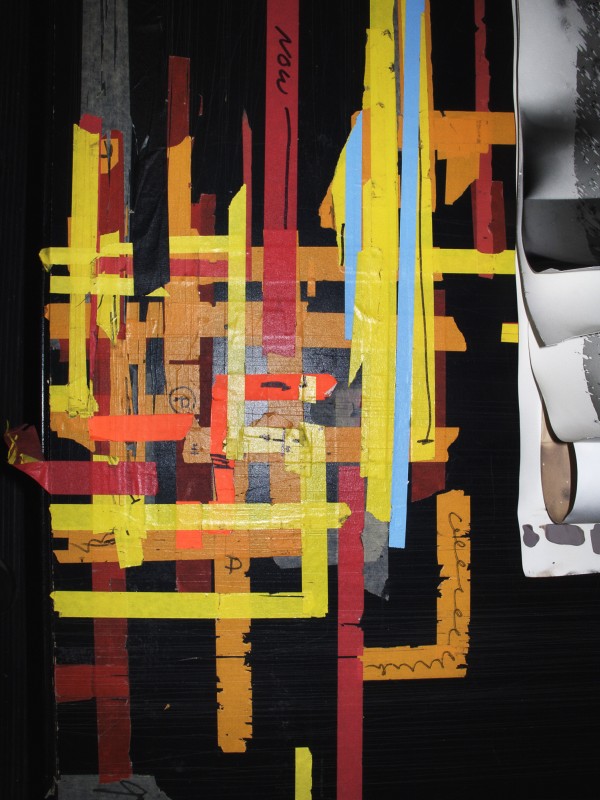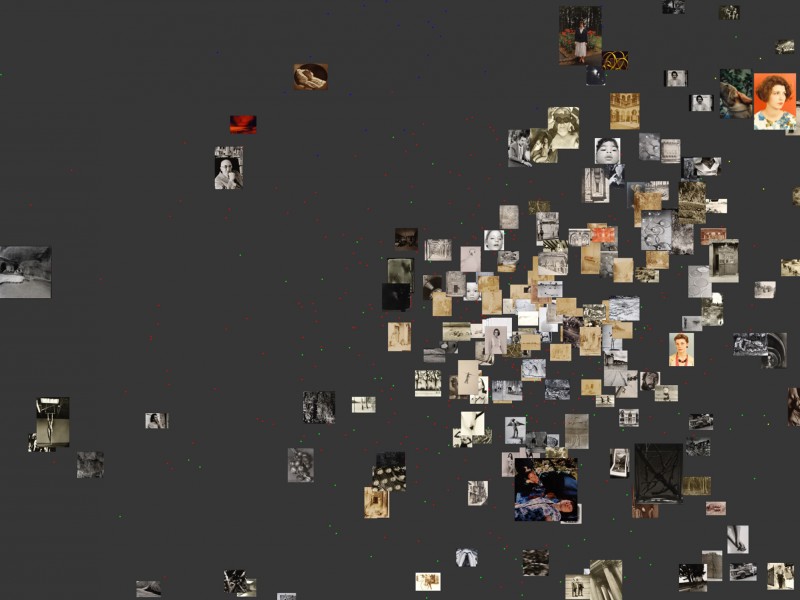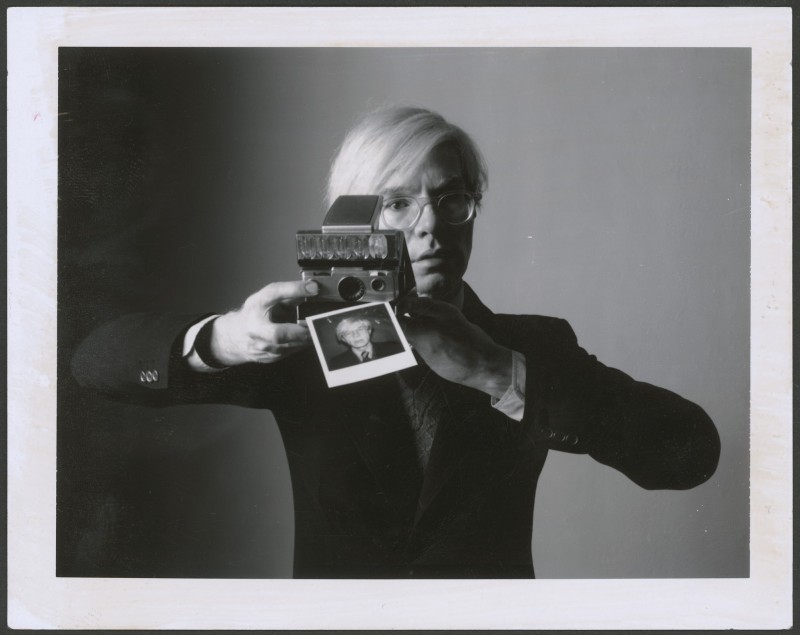Edition 2010
Zhang Dali
Second Reading
This exhibition is the third and final phase of a project begun in 2005: an analysis of the faking of photographs in Chinese propaganda as illustrated by a comparison of historical material from the 1950s through the 1970s.
After five years spent sorting through the archives of hundreds of photo libraries and collections in China, the artist has come up with an impressive harvest of faked photographs and their original negatives. Through them he offers a clearer understanding of the political intentions of the censors of the time.
These ‘before’ and ‘after’ photos are displayed almost clinically, one following the other in a way that points up the enormous task of the censor bent on spotting the odd man out in the image, on identifying the political or artistic detail that will best convey the ‘message’ or on wiping out a historical trace.
‘I began this line of research because I was wondering how to explore things that can’t readily be seen. I was wondering what must go on in somebody else’s mind—the censor’s mind. My project taught me something: that propaganda is far more complex than it appears, that it involves much more than just putting across a political point of view. The censors not only falsified documents, they also complied with the artistic necessities of their time. Unattractive faces became beautiful, short people became tall, narrow eyes were enlarged, scruffy country people melted into the crowd.’
Bérénice Angremy
Exhibition organized in association with Thinking Hands China. Exhibition venue: Espace Van Gogh.
This exhibition is the third and final phase of a project begun in 2005: an analysis of the faking of photographs in Chinese propaganda as illustrated by a comparison of historical material from the 1950s through the 1970s. After five years spent sorting through the archives of hundreds of photo libraries and collections in China, the artist has come up with an impressive harvest of faked photographs and their original negatives. Through them he offers a clearer understanding of the political intentions of the censors of the time.These ‘before’ and ‘after’ photos are displayed almost clinically, one following the other in a way that points up the enormous task of the censor bent on spotting the odd man out in the image, on identifying the political or artistic detail that will best convey the ‘message’ or on wiping out a historical trace.‘I began this line of research because I was wondering how to explore things that can’t readily be seen. I was wondering what must go on in somebody else’s mind—the censor’s mind. My project taught me something: that propaganda is far more complex than it appears, that it involves much more than just putting across a political point of view. The censors not only falsified documents, they also complied with the artistic necessities of their time. Unattractive faces became beautiful, short people became tall, narrow eyes were enlarged, scruffy country people melted into the crowd.’Bérénice Angremy
Exhibition organized in association with Thinking Hands China.
Exhibition venue: Espace Van Gogh.






